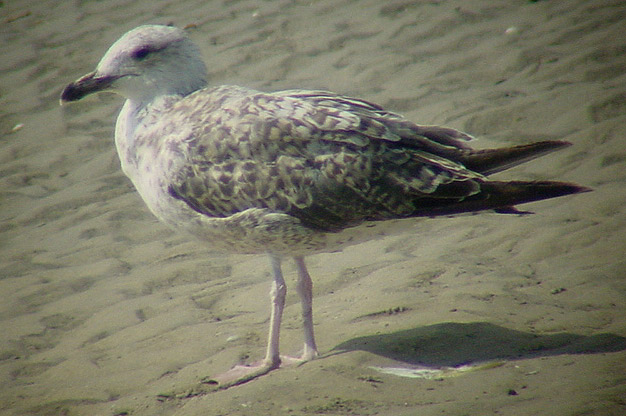 Yellow-legged
Gull- Geelpootmeeuw (L. michahellis): 2cy June
Yellow-legged
Gull- Geelpootmeeuw (L. michahellis): 2cy June
(last update: 08 december 2003)
YLG
1cy May
YLG
1cy June
YLG
1cy July
YLG 1cy August
YLG 1cy September
YLG 1cy October
YLG 1cy November
YLG 1cy December
YLG
2cy January
YLG 2cy February
YLG 2cy March
YLG 2cy April
YLG 2cy May
YLG 2cy June
YLG 2cy July
YLG 2cy August
YLG 2cy September
YLG 2cy October
YLG 2cy November
YLG 2cy December
YLG
3cy January
YLG 3cy February
YLG 3cy March
YLG 3cy April
YLG 3cy May
YLG 3cy June
YLG 3cy July
YLG 3cy August
YLG 3cy September
YLG 3cy October
YLG 3cy November
YLG 3cy December
YLG
sub-ad Jan.
YLG sub-ad Feb.
YLG sub-ad March
YLG sub-ad April
YLG sub-ad May
YLG sub-ad June
YLG sub-ad July
YLG sub-ad Aug.
YLG sub-ad Sept.
YLG sub-ad Oct.
YLG sub-ad Nov.
YLG sub-ad Dec.
YLG
adult January
YLG adult February
YLG adult March
YLG adult April
YLG adult May
YLG adult June
YLG adult July
YLG adult August
YLG adult September
YLG adult October
YLG adult November
YLG adult December
photo 1334: Yellow-legged Gull michahellis 2cy, June 14 2002, Etaples, NW France.

 The
individual below is very reminiscent of the two bird depicted left and
right, although moult in the wing-coverts is much more ahead. Primary moult stage:
P7 has been shed and P8-P10 are still juvenile. P5 is at the final length
(visible beneath the lower tertials) and P6 is growing. Most of
the wing-coverts have been renewed. The gaps at the
central median and the central greater coverts will be closed soon at
about covert #7 or #8, which are currently still not fully grown. The upper tertials are replaced as well. This individual is illustrative for 2cy michahellis
moulting to 'barred' birds by the end of June, early July. See e.g. this
2cy from the end of June. All upper
scapulars and most of the lower scapulars have been moulted to new barred scapulars and the
scapulars in the lowest row are still growing. Last old wing-coverts can
be found in the upper rows of the lesser coverts, but considering the
pretty neat and jet-back centres, these lesser coverts may have been
moulted once before, and are currently second generation feathers.
The
individual below is very reminiscent of the two bird depicted left and
right, although moult in the wing-coverts is much more ahead. Primary moult stage:
P7 has been shed and P8-P10 are still juvenile. P5 is at the final length
(visible beneath the lower tertials) and P6 is growing. Most of
the wing-coverts have been renewed. The gaps at the
central median and the central greater coverts will be closed soon at
about covert #7 or #8, which are currently still not fully grown. The upper tertials are replaced as well. This individual is illustrative for 2cy michahellis
moulting to 'barred' birds by the end of June, early July. See e.g. this
2cy from the end of June. All upper
scapulars and most of the lower scapulars have been moulted to new barred scapulars and the
scapulars in the lowest row are still growing. Last old wing-coverts can
be found in the upper rows of the lesser coverts, but considering the
pretty neat and jet-back centres, these lesser coverts may have been
moulted once before, and are currently second generation feathers.
The soft parts
still look immature; the iris and
bill are black, the legs are pale flesh pink, as can be seen in most 2cy michahellis.
